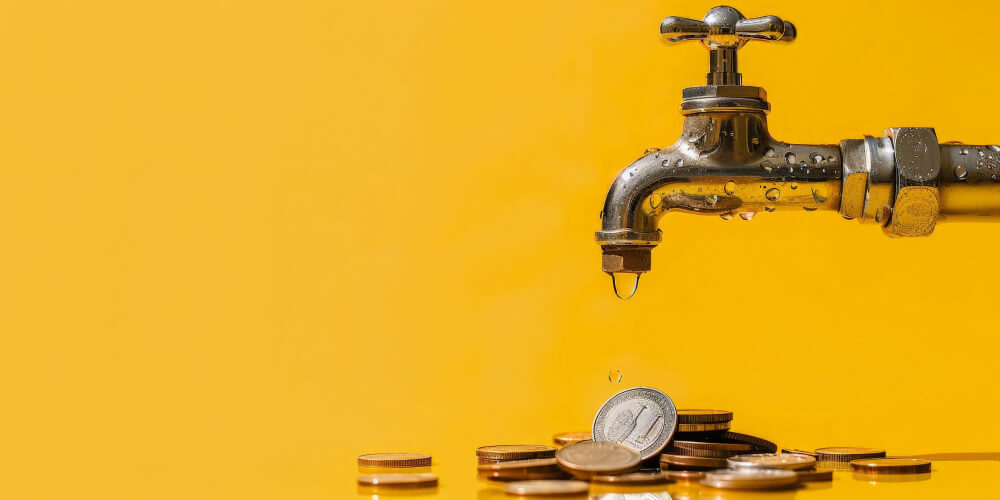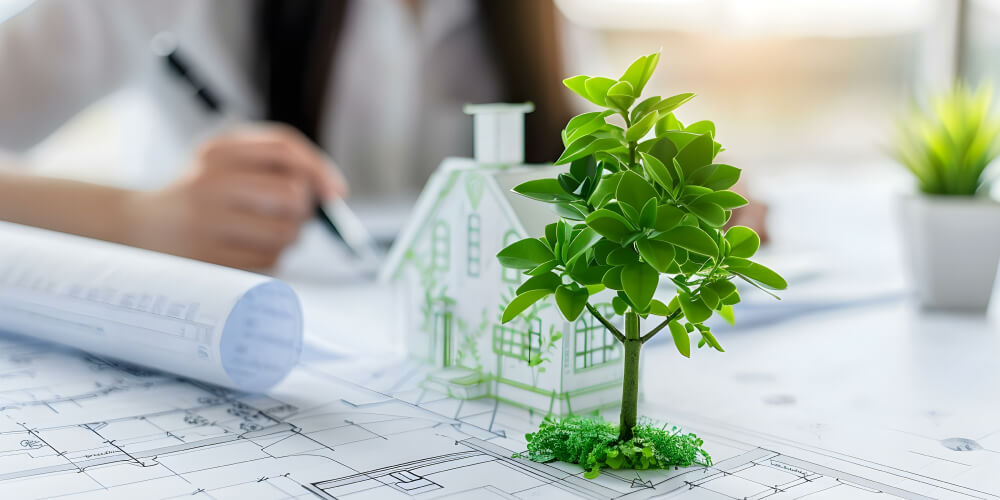1. Conduct an Energy Audit
Professional Energy Audit:
- Detailed Assessment: Hire a professional energy auditor to conduct a thorough assessment of your home’s energy use. They will identify areas where energy is being wasted and recommend improvements.
- Blower Door Test: This test measures the airtightness of your home, helping to locate leaks and drafts.
- Infrared Camera: Used to detect insulation gaps and thermal bridges, which can lead to heat loss.
DIY Energy Audit:
- Visual Inspection: Look for obvious signs of energy inefficiency, such as drafty windows, doors, and poor insulation.
- Utility Bills Analysis: Compare your energy usage over time to identify unusual spikes that may indicate inefficiencies.
2. Improve Insulation and Sealing
Insulate Your Home:
- Attic Insulation: Ensure your attic is properly insulated to prevent heat from escaping in the winter and entering in the summer.
- Wall Insulation: Consider adding insulation to exterior walls, especially if your home is older and lacks sufficient insulation.
- Basement and Crawl Space: Insulate basements and crawl spaces to reduce heat loss and improve comfort.
Seal Gaps and Cracks:
- Weatherstripping: Install weatherstripping around doors and windows to seal gaps and prevent drafts.
- Caulking: Use caulk to seal cracks and gaps around windows, doors, pipes, and electrical outlets.
3. Upgrade to Energy-Efficient Windows and Doors
Energy-Efficient Windows:
- Double or Triple Glazing: Choose windows with double or triple glazing to reduce heat loss and improve insulation.
- Low-E Coatings: Select windows with low-emissivity (Low-E) coatings that reflect heat and reduce energy consumption.
Energy-Efficient Doors:
- Insulated Doors: Install insulated exterior doors to prevent heat loss and improve energy efficiency.
- Storm Doors: Adding storm doors can provide an extra layer of insulation and protection from the elements.
Join HICP Homeowner’s Alliance
Connect with experts, get special discounts and enjoy member benefits
4. Optimize Heating and Cooling Systems
HVAC System Maintenance:
- Regular Servicing: Schedule regular maintenance for your heating, ventilation, and air conditioning (HVAC) system to ensure it operates efficiently.
- Filter Replacement: Replace HVAC filters regularly to maintain airflow and improve system performance.
Upgrade Your HVAC System:
- High-Efficiency Units: Consider upgrading to a high-efficiency HVAC system that uses less energy to heat and cool your home.
- Smart Thermostats: Install a smart thermostat that learns your schedule and adjusts temperatures automatically for optimal efficiency.
5. Install Energy-Efficient Lighting
LED Bulbs:
- Long-Lasting: LED bulbs last much longer than traditional incandescent bulbs, reducing the need for frequent replacements.
- Energy Savings: LEDs use significantly less energy, providing substantial savings on your electricity bills.
Lighting Controls:
- Dimmer Switches: Install dimmer switches to adjust lighting levels and save energy.
- Motion Sensors: Use motion sensors in areas like hallways and bathrooms to ensure lights are only on when needed.
6. Use Energy-Efficient Appliances
ENERGY STAR Appliances:
- Certified Efficiency: Choose ENERGY STAR-certified appliances, which meet strict energy efficiency guidelines set by the U.S. Environmental Protection Agency.
- Lower Operating Costs: These appliances consume less energy, resulting in lower utility bills.
Proper Usage:
- Full Loads: Run dishwashers and washing machines with full loads to maximize efficiency.
- Unplug Idle Appliances: Unplug appliances and electronics when not in use to prevent them from drawing standby power.
7. Implement Smart Home Technology
Smart Home Systems:
- Integrated Control: Use smart home systems to control lighting, heating, and cooling from a single interface, optimizing energy use.
- Remote Access: Control your home’s energy systems remotely via smartphone apps, making it easy to adjust settings when you’re away.
Energy Monitoring:
- Real-Time Data: Install energy monitoring devices to track your home’s energy usage in real-time and identify areas for improvement.
- Usage Insights: Use the data to understand your consumption patterns and make informed decisions about energy-saving measures.
8. Utilize Renewable Energy Sources
Solar Panels:
- Generate Your Own Power: Install solar panels to generate electricity from the sun, reducing your reliance on the grid and lowering energy costs.
- Incentives and Rebates: Take advantage of federal, state, and local incentives and rebates to offset the cost of solar panel installation.
Wind Turbines:
- Suitable Locations: If you live in an area with consistent wind, consider installing a small wind turbine to generate renewable energy.
Geothermal Systems:
- Ground-Source Heat Pumps: Use geothermal systems to heat and cool your home by tapping into the stable temperatures below the earth’s surface.
9. Water Heating Efficiency
Efficient Water Heaters:
- Tankless Water Heaters: Consider tankless water heaters that provide hot water on demand, reducing energy wasted on heating a tank of water.
- Heat Pump Water Heaters: These are more efficient than traditional water heaters, using less energy to heat the same amount of water.
Insulate Water Heaters and Pipes:
- Reduce Heat Loss: Insulate your water heater and hot water pipes to minimize heat loss and improve efficiency.
Making your home more energy-efficient is a smart investment that pays off in reduced utility bills, increased comfort, and a smaller environmental footprint. By conducting an energy audit, improving insulation and sealing, upgrading windows and doors, optimizing heating and cooling systems, installing energy-efficient lighting and appliances, implementing smart home technology, utilizing renewable energy sources, and enhancing water heating efficiency, you can significantly reduce your home’s energy consumption. Embrace these strategies to create a more sustainable and cost-effective living space.




















